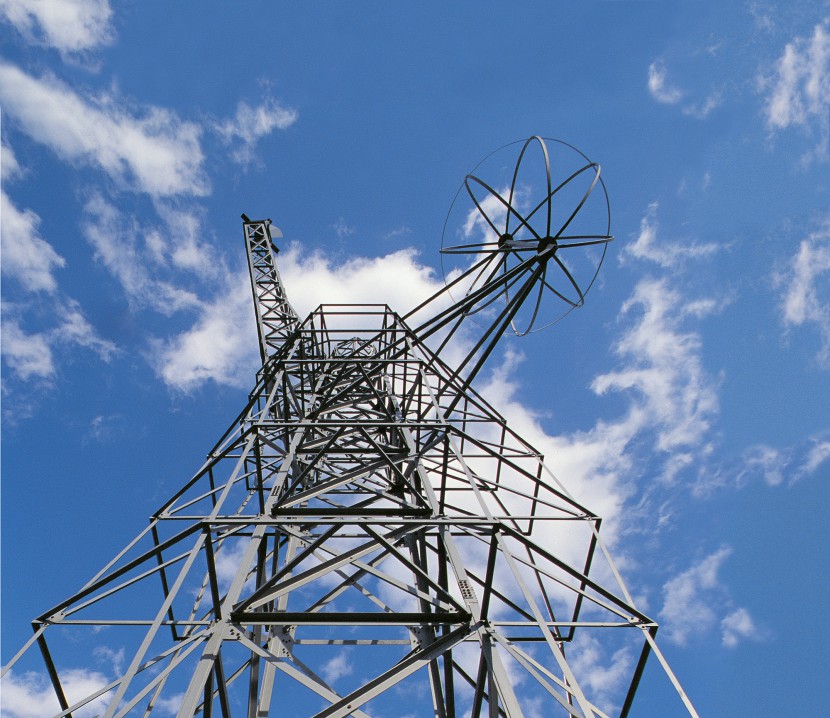Bartholdi, Eiffel, Kafka
In terms of physical presence, the Statue of Liberty in the New York Harbour stands as a human figure of roughly twentyfold life-size.
Frédéric-Auguste Bartholdi had designed a human form and had had it manufactured from sheets of copper without any expert knowledge of how a sheet metal form 150 feet high and weighing 80 tons could be supported in an upright position.
Gustave Eiffel, to whom this problematic situation had been pointed out, constructed a steel skeleton into the figure’s interior to support the sculptored skin of riveted sheet metal so that it could withstand all forces that would come to bear on it. Unable to ignore the weakest moment of the form in terms of spatial plasticity, Franz Kafka replaced the torch with a sword. Only then a sentence like the following became possible: Her arm and the sword were raised like in recent days, and free winds blew about her form. (Der Verschollene.)
lnspired by this sentence and in order to demonstrate in an open space, by the example of a well-known object, Franz Kafka’s life-long struggle to see a phenomenon’s essential existence, a one-to-one replica of Gustave Eiffel’s bare support construction was erected in Graz in 1992.

